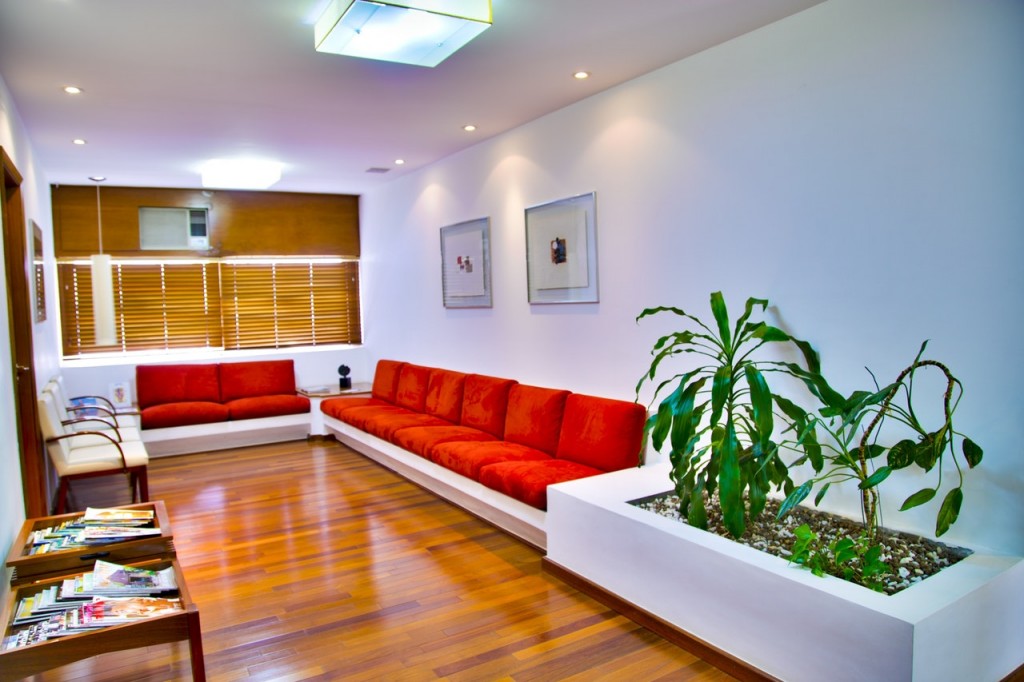Advances in hardwood floor manufacturing technologies have widened the variety of options available to interior designers and homeowners alike. Three of the most popular and current trends in hardwood flooring include wider planks, textured wood and aged gray tones. This list elaborates on the household use of these trends.
Wider Planks
Hardwood flooring planks have been getting wider over the years. What was once considered a wide plank is now considered quite narrow. A lot of 20th century hardwood flooring used 2 ¼” strips so 5” planks have traditionally been considered quite wide. However, since 2000, 6 and 7” planks are quite commonplace while widths of 8” or more aren’t unheard of.
Wider planks have several benefits. Not only will they give a room a larger appearance, but the wider the planks used, the fewer unsightly seams running the length of the room. Wider planks also give an area a more pastoral feel as they were traditionally used in rustic settings.
There are special considerations to be taken into account when using wider planks. Installation is not as straightforward as adhesives will be needed when laying the floor. Also, the prices of wide solid wood planks are higher than narrower ones.
Texturing
A popular type of textured wood is known as wire brushed. Typically done on white or red oak, rotary brushes are used to scour the wood surface revealing different levels of the grain. The result is a textured, multi-tone appearance. Wire brushed woods are typically better at withstanding, or at least camouflaging, wear and tear when compared with smooth surfaced woods.
Hand scraping is another popular method of creating a distressed and textured hardwood. That said, hand scraping can be a bit of a misnomer as many so called hand scraped products are actually done by machine. This results in uniform, rather than unique, patterns. Actual hand scraped boards are available, but for a premium.
Gray Scale
Gray flooring, whether light, dark or blended with brown has become quite fashionable in recent years. Many people have been opting to refinish existing hardwood floors with stain to convert them to a gray colour. That being said, the process isn’t simple, and when done by an amateur it’s very possible to end up with an unexpected tone.
On the other hand, there are several types of off-the-shelf, prefinished gray hardwoods. Many of these will be stained to colour, but there have also been innovations in hardwood colouring that doesn’t require the use of stains. Known as fuming or smoking, this technique involves exposing oak to gaseous ammonia in a sealed environment. The wood reacts with the ammonia gas resulting in a change of colour. Fuming wood commonly gives it a more natural colour than that achieved by using stain.

